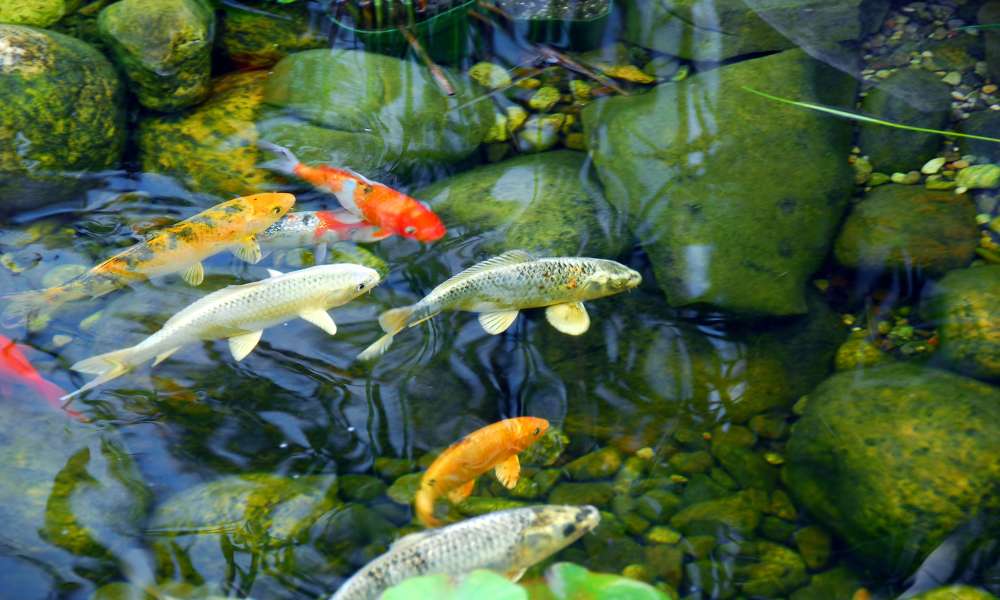Constructing a fish pond can transform your outdoor space into a serene retreat while offering numerous benefits. From enhancing the aesthetic appeal of your garden to creating a tranquil environment, a well-designed fish pond can also support local wildlife and provide a sustainable water source for plants. Building a fish pond in your backyard is not only rewarding but also achievable with the right guidance and materials. Whether you’re a seasoned DIY enthusiast or a first-time pond builder, this guide will walk you through the essential steps to create your own backyard oasis. Discover the joy of nurturing aquatic life and fostering a vibrant ecosystem right outside your door by learning how to build a fish pond in your backyard today.
How Big Should My Fish Pond Be For Optimal Fish Health?
The size of your fish pond plays a crucial role in ensuring optimal fish health. Generally, it is recommended to have a pond that is at least 1,000 gallons for a small number of fish. This size allows for proper oxygenation and filtration, which are essential for maintaining water quality and supporting the health of your fish.
What Type Of Fish Are Suitable For Backyard Ponds?
Mosquito fish are excellent additions to backyard ponds as they help control mosquito populations by feeding on their larvae. These fish are small in size and can thrive in various water conditions. Ultimately, the best type of fish for your backyard pond will depend on your specific preferences and the environment of your pond. Be sure to research each species thoroughly before adding them to ensure they will thrive in your pond.
Assessing Your Resources
Start by evaluating the available space, considering factors such as sunlight exposure and ground slope. This initial assessment helps determine the optimal location and size of your pond. Next, identify the necessary materials and tools you’ll need for construction, including pond liners, pumps, filters, and landscaping supplies. By understanding your resources upfront, you can plan effectively and avoid unnecessary delays or expenses during the building process.
Setting Your Goals For The Pond
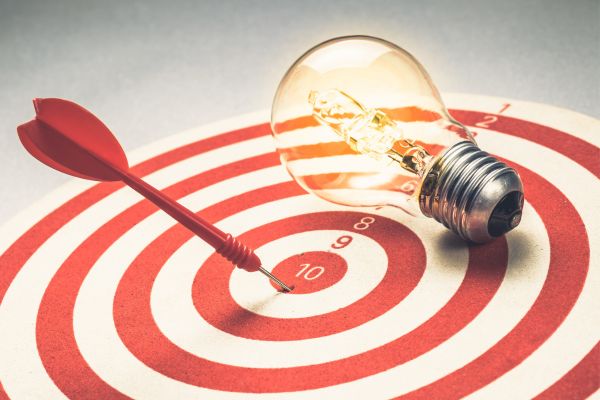
Setting clear goals for your pond is crucial to its success and enjoyment. Consider what type of fish you want to keep and whether you intend to incorporate aquatic plants or decorative features like waterfalls or fountains. Establishing these goals helps shape the design and functionality of your pond. Additionally, think about how you envision using the pond—whether for relaxation, entertainment, or educational purposes. By aligning your goals with your vision, you can create a pond that not only enhances your backyard but also meets your specific needs and preferences.
Researching Local Regulations
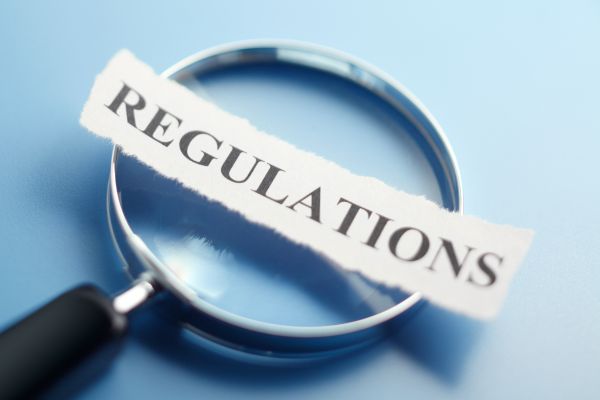
Researching local regulations is essential before embarking on your pond-building project. Check with your city or municipality for any permits or zoning restrictions that may apply to installing a fish pond. Some areas have guidelines regarding pond depth, fencing requirements, and the types of fish allowed. Compliance with local regulations ensures that your pond is legally constructed and avoids potential fines or disruptions later on. Additionally, understanding local environmental considerations such as water conservation and wildlife protection can help you build a sustainable and ecologically responsible pond.
Considering Sunlight And Shade
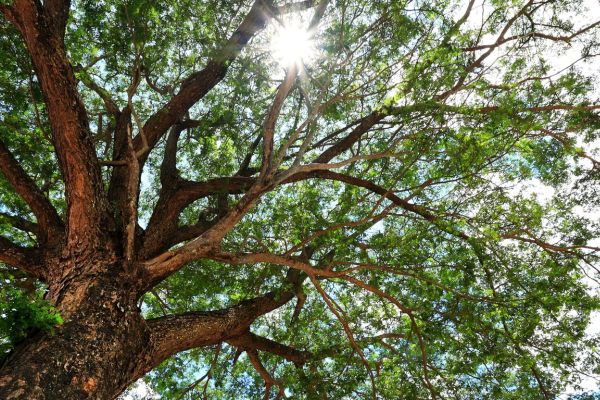
Choose a location that receives a balance of sunlight and shade throughout the day to support both fish and aquatic plants. Too much direct sunlight can lead to excessive algae growth, while too much shade may hinder plant growth essential for oxygenation and filtration. By assessing the sun exposure in your yard, you can create an optimal environment that promotes the well-being of your pond inhabitants.
Proximity To Utilities
Proximity to utilities is another key factor to contemplate when building a fish pond in your backyard. Ensure easy access to water and electricity for maintenance tasks such as filling the pond and operating pumps or filtration systems. Positioning the pond near a water source simplifies water changes and ensures consistent water levels, critical for maintaining a healthy ecosystem. Similarly, having access to electricity nearby facilitates the installation and operation of pond equipment, enhancing convenience and efficiency in pond management.
Dealing With Soil Disposal
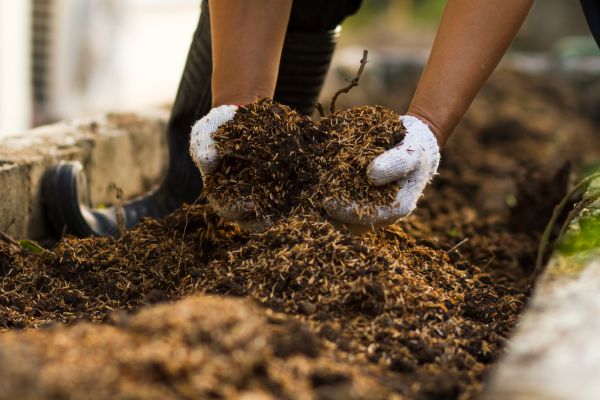
Dealing with soil disposal is often overlooked but is equally important in pond construction. Excavating soil to create the pond will generate a significant amount of material that needs proper disposal. Depending on local regulations, you may need to arrange for soil removal or find alternative uses for it within your landscaping. Planning for soil disposal in advance prevents delays and ensures the construction process progresses smoothly.
Sealing The Liner
Sealing the liner is a crucial step in effectively getting rid of fleas in your backyard. This simple yet effective technique involves sealing any gaps or openings in the liner to prevent fleas from entering or escaping. By creating a barrier with a tightly sealed liner, you can greatly reduce the chances of flea infestations in your outdoor space.
Incorporating Aquatic Plants For Balance
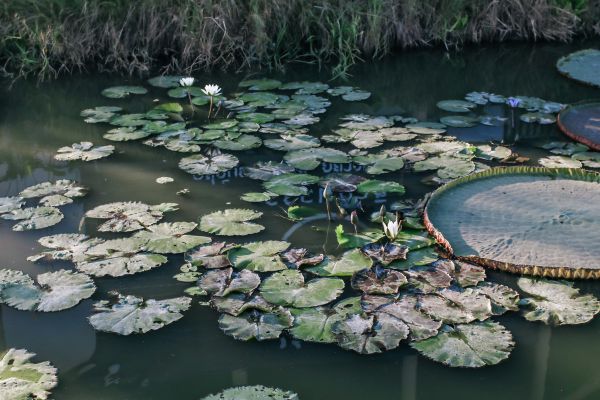
Creating a thriving fish pond in your backyard involves several key steps to ensure its success. One crucial aspect is incorporating aquatic plants for balance. These plants not only add beauty but also play a vital role in maintaining water quality by absorbing excess nutrients and providing oxygen. Choose a variety of plants such as water lilies, duckweed, and submerged oxygenators to create a balanced ecosystem where fish can thrive. By integrating aquatic plants strategically, you enhance the pond’s natural filtration system, promoting clearer water and healthier aquatic life.
Maintaining Your Fish Pond
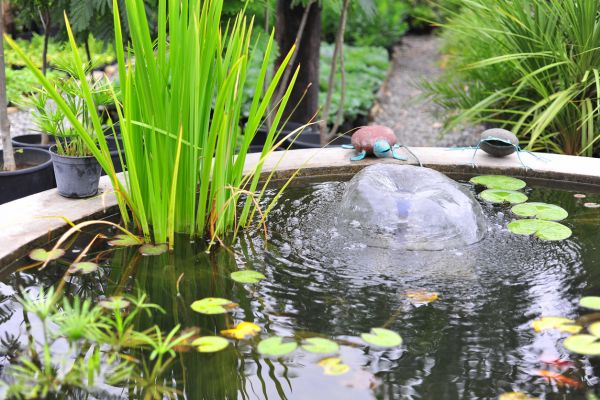
Maintaining your fish pond is essential for its longevity and the well-being of its inhabitants. Regular upkeep includes monitoring water quality parameters such as pH levels and ammonia concentrations, as well as cleaning filters and removing debris. Proper maintenance also involves pruning aquatic plants to prevent overgrowth and maintaining a suitable water level. By dedicating time to these tasks, you ensure a sustainable environment where fish can flourish and enjoy optimal health.
Using Eco-Friendly Pond Products
Using eco-friendly pond products is another critical aspect of building a fish pond in your backyard responsibly. Opt for environmentally friendly materials such as natural pond liners, solar-powered pumps, and organic pond treatments. These products minimize the pond’s ecological footprint while supporting a healthy balance of flora and fauna. Additionally, eco-friendly practices reduce chemical runoff and promote a sustainable habitat for fish and other aquatic life. Incorporating these products not only benefits your pond but also contributes to the overall health of your garden ecosystem.
The Final Thought
Building a fish pond in your backyard can be a rewarding and enjoyable project that enhances the beauty and tranquility of your outdoor space. By following the steps outlined in this article, you can create a thriving ecosystem for aquatic life while also providing a relaxing retreat for yourself. Remember to consider factors such as location, size, and maintenance requirements before starting your project. With proper planning and care, you can enjoy the sights and sounds of a vibrant fish pond right in your own backyard.
